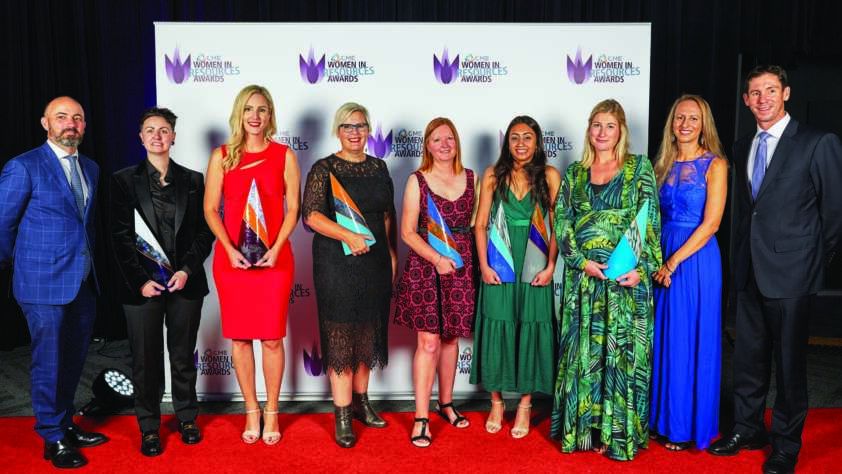CME Chief Executive Reg Howard-Smith says while FIFO continues to be at the centre of Western Australia’s public agenda, the debate about issues involving FIFO must be sensible and contribute to the benefit of the community generally.
“We have seen FIFO examined by both the state and federal governments and anti FIFO stances taken by local governments, unions and researchers,” Mr Howard-Smith said.
“Now calls to ban FIFO amounts to mandating that FIFO workers must relocate to living permanently in remote locations when they are saying they don’t want to.
“Forcing people in this way is unreasonable and there must be a stop to the stigmatisation of fly-in fly-out workers while we encourage the West Australian community to take part in sensible discussion about FIFO.”
Mr Howard-Smith said the FIFO workforce is comprised of people from all walks of life; resources employees, politicians, local government workers and health professionals.
“At CME we have recently dug a little deeper into the resources sector FIFO workforce, and unearthed some interesting statistics.
“Interestingly we found that 74 per cent of FIFO workers would not continue in their role if it moved to residential – in short, FIFO workers choose FIFO life. A CME survey also found that FIFO workers were slightly more satisfied with their life as a whole and health compared to those working in the sector based in the regions.
“Also, the resources sector workforce is not comprised exclusively of single young men as some would have you believe. They are mature, educated, family people. People whose families prefer to stay connected to jobs, education and support networks in the metropolitan area.
“The majority of the FIFO workforce is aged between 35 and 54, compared to most of the resources sector workforce based in Perth who are aged between 25 and 44.
There are few differences between the residential metropolitan, residential regional and FIFO workforces when it comes to being in a relationship or having children – 86 per cent of the workforce is in a relationship, with around 65 per cent having children.”
Mr Howard-Smith said more than 70 per cent of the partners of resources sector workers are employed, influencing the choice of where FIFO people and their families choose to live.
“While some employees will choose to relocate to regional areas for permanent work, others prefer the flexibility of a FIFO roster – allowing them to travel between their work site and existing home, where their families, friends and social networks are all based.
When it comes to employment options, the balancing of financial reward with a healthy and enjoyable lifestyle is often crucial in deciding whether a particular job is suitable. The CME workforce survey undertaken in 2015 proved these were the two most important considerations for people choosing between residential or FIFO work.
Fortunately, the FIFO system gives employees the opportunity to achieve both. A variety of rosters, coupled with attractive financial benefits, allow FIFO workers to enjoy the unique combination of a successful career, and a rewarding home life. It’s why FIFO continues to be so popular for so many Western Australians.”
Mr Howard-Smith said the majority of FIFO workers want to be and choose to be FIFO workers, just as residential workers want to be and choose to be residential workers.
“The West Australian community must now focus on making sure we have quality health, education and mental health services across the entire population so people can choose where they wish to live and work.”
While the resources industry concurs that regional development is critical and has invested heavily in the regions, the various industries that utilise FIFO must have the capacity to keep using the practice. FIFO allows for the attraction and retention of skilled workforces and without it, many remote and regional resource projects would not be able to be developed.
He also urged people to find out more by looking at the website; www.fifofacts.com



